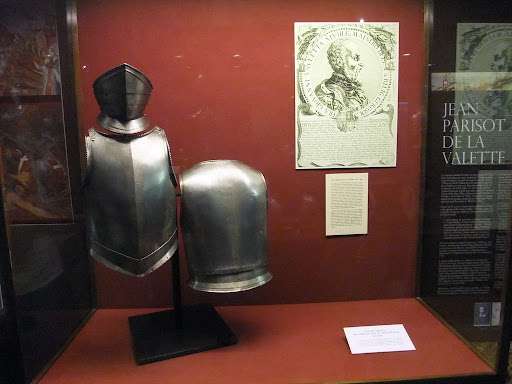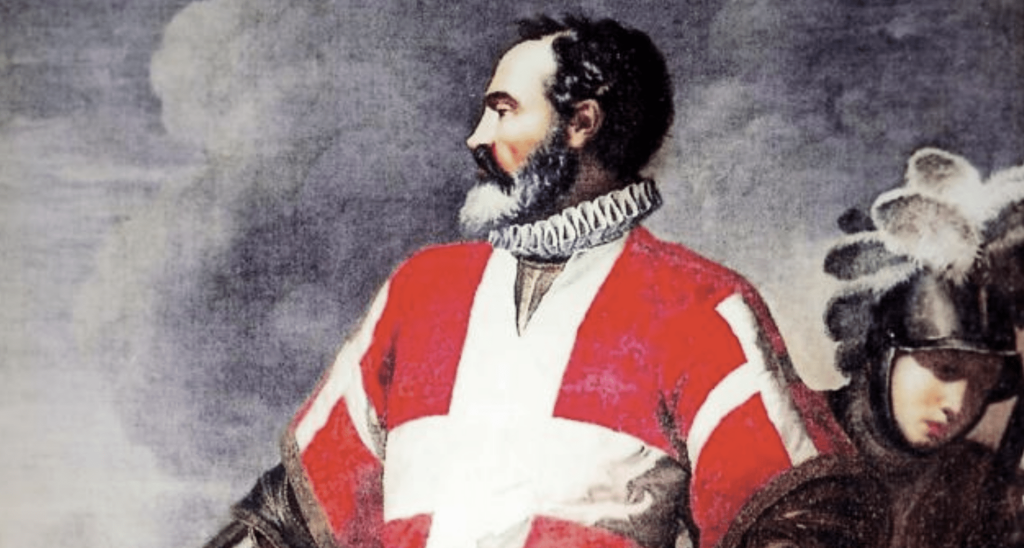Table of Contents
ToggleGrand Master Jean Parisot de Valette
The Grand Master Who Defended Malta and Shaped a Nation
Jean Parisot de Valette, 49th Grand Master of the Order of St. John, is one of the most revered figures in Maltese history. His leadership during the Great Siege of 1565 earned him a legendary status not only in Malta but throughout Europe. De Valette’s courage, discipline, and vision helped save Malta from Ottoman conquest and laid the foundation for its future as a fortified, thriving stronghold of European civilization. His name lives on in the Maltese capital, Valletta—a city he founded—and in powerful symbols, including his sword (now controversially housed in the Louvre) and a statue standing proudly in Valletta itself.
Early Life and Rise to Power
De Valette was born in 1494 in the small town of Parisot in southwestern France, into a noble family. At the age of 20, he joined the Order of St. John, a religious and military order also known as the Knights Hospitaller. The Order, once based in Jerusalem and then Rhodes, had been granted the islands of Malta and Gozo by Emperor Charles V in 1530, after being expelled by the Ottomans.
As a young knight, de Valette quickly distinguished himself through his discipline, bravery, and faith. He served on land and sea, fighting the Ottomans and Barbary pirates who threatened Christian shipping and settlements across the Mediterranean. He was captured in battle and enslaved for about a year in North Africa—a brutal experience that hardened his resolve and deepened his religious devotion. Upon his release, he resumed his military service with even greater fervor.
In 1557, de Valette was elected Grand Master of the Order of St. John. His leadership came at a critical time, as tensions with the Ottoman Empire were escalating rapidly. De Valette was a man of foresight, well aware that Malta was the next target in the empire’s ambitious campaign to dominate the Mediterranean.
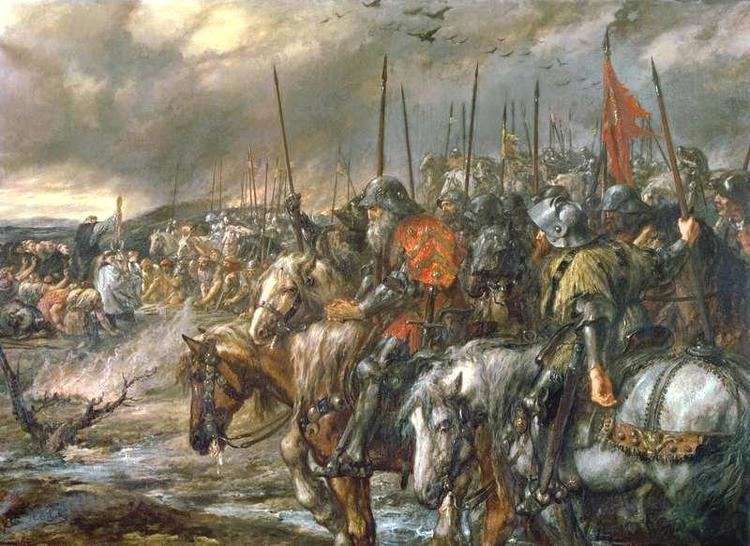
The Great Siege of Malta (1565)
The most defining moment of de Valette’s career—and perhaps of Malta’s history, came with the Great Siege of 1565. Sultan Suleiman the Magnificent launched an invasion to crush the Knights and capture Malta, which stood as a strategic barrier between Ottoman naval forces and Western Europe.
On May 18, 1565, an Ottoman fleet carrying between 30,000 and 40,000 men landed on the island. De Valette’s defending force was vastly outnumbered, consisting of just around 6,000 soldiers, including knights, Spanish troops, and Maltese militia.
At the age of 70, de Valette did not shrink from the challenge. He led by example, appearing on the battlefield daily and personally directing the defense. Under his command, the Knights fortified positions at Fort St. Elmo, Birgu (Vittoriosa), and Senglea. Fort St. Elmo eventually fell after a heroic defense lasting over a month, but its resistance delayed the Ottomans and weakened their morale.
De Valette’s determination, strict discipline, and strategic use of limited resources were key factors in the island’s survival. After more than three months of intense combat, with massive losses on both sides, a relief force from Sicily arrived. The Ottomans, exhausted and demoralized, were forced to withdraw on September 11, 1565.
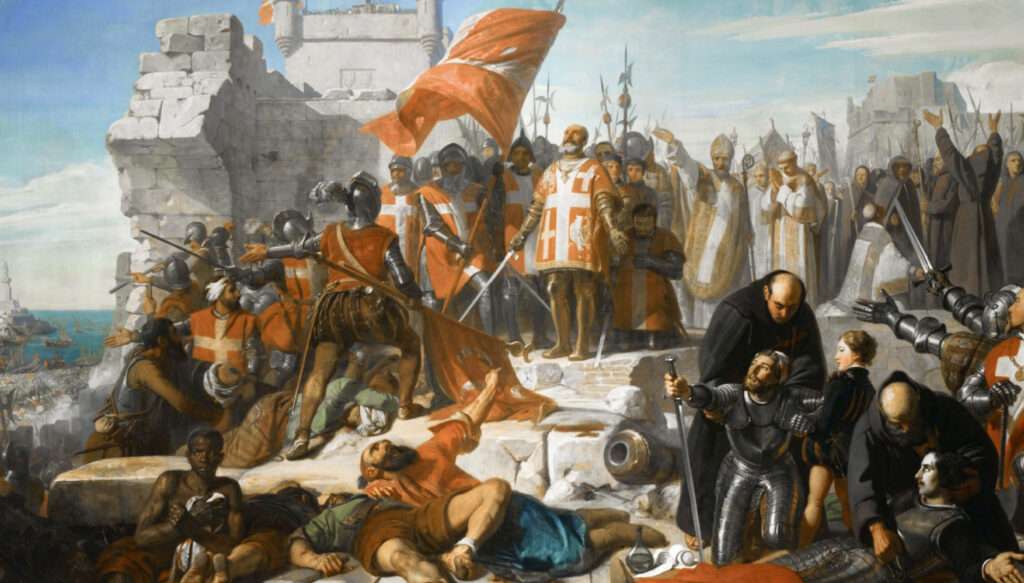
A Vision Realized: The Founding of Valletta
The victory at Malta sent shockwaves across Europe. De Valette was hailed as a hero and the Knights of St. John gained renewed prestige and support. But de Valette understood that the threat was not over. To strengthen the island’s defenses and accommodate a growing population, he planned the construction of a new fortified city on the Sciberras Peninsula.
Construction of the new city began in 1566, just months after the siege. It was to be a fortress, a refuge, and a beacon of European strength and Christian values. Designed by military engineers such as Francesco Laparelli and later completed by Girolamo Cassar, the city was named Valletta in honor of its founder.
De Valette, however, did not live to see his city completed. He died in 1568 and was buried in the crypt of the Conventual Church of St. John, now St. John’s Co-Cathedral in Valletta. His tomb bears a Latin inscription honoring his heroism and devotion.
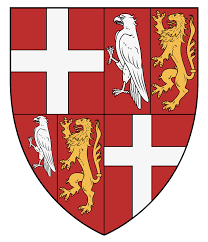
The Sword in the Louvre: A Contested Symbol
One of the most enduring symbols of De Valette’s legacy is his ceremonial sword and dagger, gifted to him by Pope Pius V in recognition of his valor during the siege. The sword is richly ornamented and inscribed, a priceless artifact of historical and symbolic value.
However, during the French invasion of Malta in 1798, led by Napoleon Bonaparte, the island was looted of many of its cultural treasures—including de Valette’s sword. It was taken to France and eventually became part of the collection of the Louvre Museum in Paris, where it is still held today.
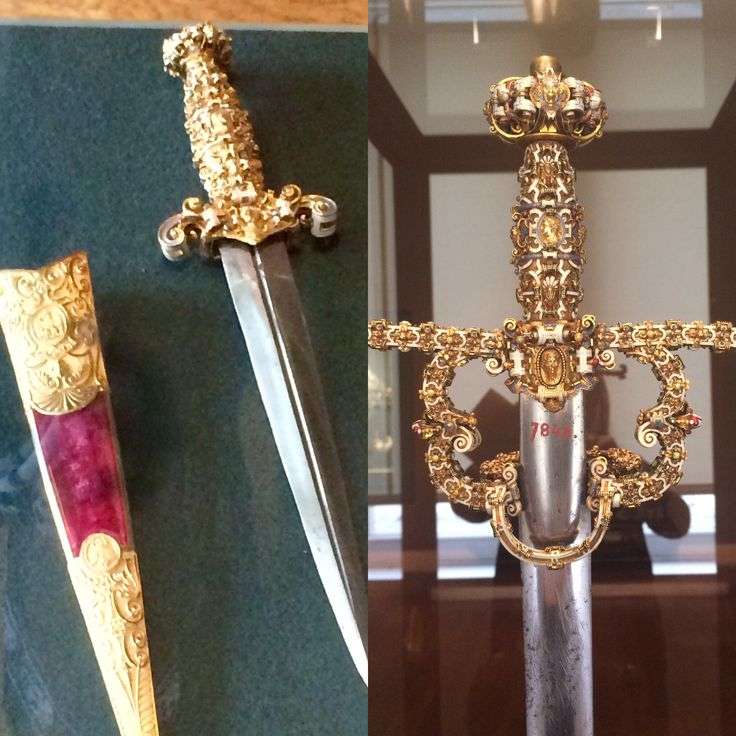
Many Maltese and historians argue that the sword was stolen and should be returned to its rightful place in Malta. Numerous calls have been made for its repatriation, as the sword is not merely a relic but a national treasure. It is a physical representation of the courage, sacrifice, and leadership that defined one of the most critical periods in Malta’s history.
The Statue in Valletta: Honoring the Defender
To commemorate de Valette’s enduring legacy, a bronze statue of the Grand Master was unveiled in 2009 in Republic Square, Valletta, not far from the National Library. Sculpted by artist Joseph Chetcuti, the statue portrays de Valette in his knightly armor, sword at his side, gazing over the city he founded.
The monument stands as a public tribute to the man who defended Malta when all seemed lost and then rebuilt it into something stronger. Tourists and locals alike visit the statue daily, often unaware that the sword depicted at his side is the very one now in the Louvre—a striking reminder of Malta’s unresolved historical wounds.
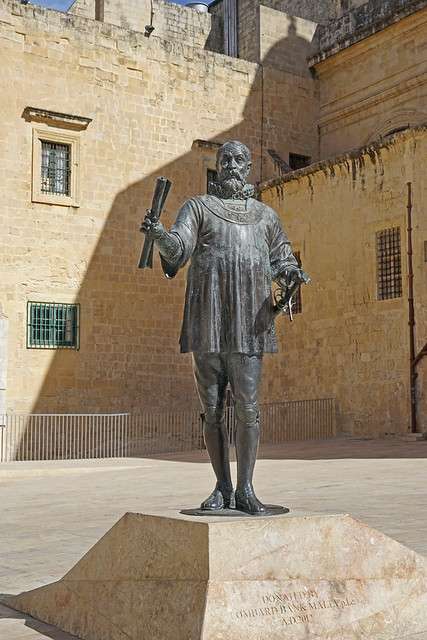
A Legacy Forged in Fire
De Valette was not a ruler who sought personal glory. He lived modestly, governed wisely, and led bravely. His unwavering commitment to his faith, his Order, and his people turned the tide of history at a moment when Europe stood at a crossroads.
The city that bears his name, the sword held far from home, and the statue that watches over Valletta all remind us of a man who embodied valor and vision. Grand Master de Valette’s legacy lives on—not only in stone and steel, but in the very spirit of Malta itself.
